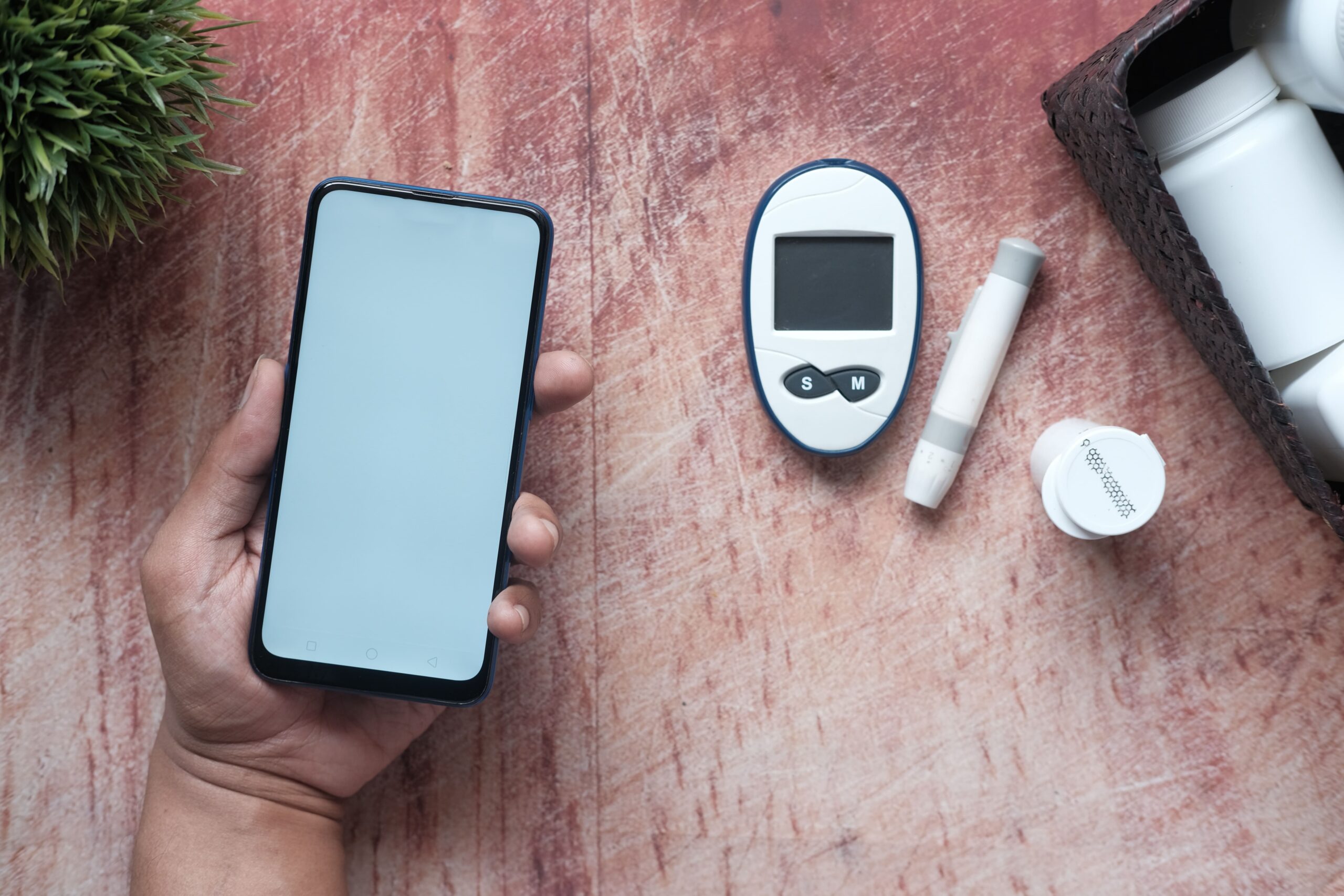Displays are a critical part of our daily lives, from work to entertainment to communication. When choosing a display, brightness is one factor that is often overlooked but critical to the overall viewing experience. Brightness is measured in nits, which is a unit of measurement that represents the amount of light emitted per unit of area.
The importance of display brightness must be balanced. A display that is too dim can be challenging to see in bright environments, while a display that is too bright can cause eye strain and discomfort. Therefore, choosing a display that offers an optimal balance of brightness is essential to ensure a comfortable viewing experience.
This article will explore the differences between two commonly available levels of display brightness: 250 nits and 300 nits. By comparing these two levels, we will determine which is better for display brightness and which may be more suitable for specific use cases. Whether you are a gamer, a professional designer, or a casual user, understanding the impact of display brightness on your viewing experience is essential.
250 nits vs 300 nits
Understanding Display Brightness :
To understand display brightness, it is essential first to understand how it is measured. Display brightness is measured in nits, which is a unit of measurement that represents the amount of light emitted per unit of area.
Brightness has a significant impact on image quality and the overall viewing experience. A display that is too dim can make it difficult to see details and can cause eye strain, especially in bright environments. On the other hand, a too-bright display can also cause eye strain and discomfort, particularly in low-light environments. Therefore, choosing a display that offers an optimal balance of brightness is essential to ensure a comfortable viewing experience.
The role of nits in determining display brightness is essential. The number of nits a display emits determines its overall brightness level. Generally, displays with higher nits offer brighter and more vivid images, making them ideal for use in bright environments. However, it is essential to note that the ideal nits level for an individual user may vary depending on factors such as ambient lighting and personal preferences.
Overall, understanding how to display brightness is measured, its impact on image quality and viewing experience, and the role of nits in determining brightness levels is essential when choosing a display. By considering these factors, users can select a display that offers an optimal balance of brightness for their needs.
Comparing 250 nits and 300 nits :
Regarding display brightness, two expected levels that are often compared are 250 nits and 300 nits.
Two hundred fifty nits represent a moderate level of display brightness that is suitable for most indoor environments. Displays with 250 nits offer good image quality and clarity but may not be as bright as displays with higher nits.
On the other hand, three hundred nits represent a brighter display brightness level. Displays with 300 nits emit more light and offer brighter and more vivid images, making them ideal for use in brighter environments such as offices with lots of natural light or outdoors.
When comparing the visual differences between 250 nits and 300 nits, the difference may take time to notice in well-lit environments. However, in dimly lit environments or in direct sunlight, displays with 300 nits will appear noticeably brighter and more vivid than displays with 250 nits.
It is also essential to consider the impact of ambient lighting conditions on the perception of display brightness. In a well-lit environment, displays with lower nits may appear dimmer and less transparent, while displays with higher nits will appear brighter and more vivid. In darker environments, however, displays with higher nits may appear too bright and cause eye strain, while displays with lower nits may offer a more comfortable viewing experience.
Ultimately, the ideal level of display brightness will depend on individual user needs and preferences and the ambient lighting conditions in which the display will be used. By understanding the differences between 250 nits and 300 nits and their impact on display brightness, users can make an informed decision when selecting a display that meets their needs.
Regarding display brightness, two expected levels that are often compared are 250 nits and 300 nits.
Two hundred fifty nits represent a moderate level of display brightness that is suitable for most indoor environments. Displays with 250 nits offer good image quality and clarity but may not be as bright as displays with higher nits.
On the other hand, three hundred nits represent a brighter display brightness level. Displays with 300 nits emit more light and offer brighter and more vivid images, making them ideal for use in brighter environments such as offices with lots of natural light or outdoors.
When comparing the visual differences between 250 nits and 300 nits, the difference may take time to notice in well-lit environments. However, in dimly lit environments or in direct sunlight, displays with 300 nits will appear noticeably brighter and more vivid than displays with 250 nits.
It is also essential to consider the impact of ambient lighting conditions on the perception of display brightness. In a well-lit environment, displays with lower nits may appear dimmer and less transparent, while displays with higher nits will appear brighter and more vivid. In darker environments, however, displays with higher nits may appear too bright and cause eye strain, while displays with lower nits may offer a more comfortable viewing experience.
Ultimately, the ideal level of display brightness will depend on individual user needs and preferences and the ambient lighting conditions in which the display will be used. By understanding the differences between 250 nits and 300 nits and their impact on display brightness, users can make an informed decision when selecting a display that meets their needs.
Factors to Consider When Choosing Display Brightness :
When choosing a display, the level of display brightness is just one factor to consider. Other factors, such as resolution and refresh rate, are crucial in determining the overall viewing experience. Here are some factors to consider when selecting a display brightness level:
Use Cases: Different use cases may require displays with different nits levels. For example, displays with higher nits may be ideal for gaming or graphic design, where bright, vivid images are necessary. In contrast, displays with lower nits may be more suitable for reading or working with text-based applications.
Ambient Lighting: The ambient lighting conditions in which the display will be used can also affect the ideal nits level for individual users. For example, individuals with visual impairments may require displays with higher nits to ensure clarity and visibility. Conversely, users who work in dimly lit environments may prefer displays with lower nits to avoid eye strain.
Personal Preferences: Personal preferences can also play a role in determining the ideal nits level for individual users. Some users may prefer brighter displays, while others may find them too intense and prefer displays with lower nits.
Resolution: The display’s resolution is also an essential factor to consider. A display with high nits but low resolution may offer a different image quality than a display with lower nits but higher resolution.
Refresh Rate: The display’s refresh rate is another critical factor to consider. A high refresh rate is necessary for fast-paced activities such as gaming. In contrast, a lower refresh rate may be sufficient for activities such as browsing the web or watching videos.
In conclusion, when selecting a display, it is essential to consider multiple factors, including the level of display brightness, resolution, refresh rate, and personal preferences. By understanding the impact of these factors on the overall viewing experience, users can make informed decisions when choosing a display that meets their needs.
In conclusion, the difference between 250 nits and 300 nits can impact the display brightness, particularly in ambient lighting conditions. Displays with 300 nits offer brighter and more vivid images, making them ideal for brighter environments. In contrast, displays with 250 nits offer moderate brightness suitable for most indoor environments.
Users should consider the use cases, ambient lighting conditions, and personal preferences when choosing a display. They should also consider other critical factors, such as resolution and refresh rate, which can also affect the viewing experience.
Based on the considerations outlined in this article, users should select a display brightness level that meets their specific needs. For example, users who work in bright environments may prefer displays with higher nits for better visibility. In contrast, if users prefer a more comfortable viewing experience, they may opt for displays with lower nits.
Finally, users should also consider other factors such as resolution, refresh rate, and color accuracy when selecting a display. These factors can significantly impact the overall viewing experience, and users should consider them in addition to the brightness level when selecting a display that meets their needs.







